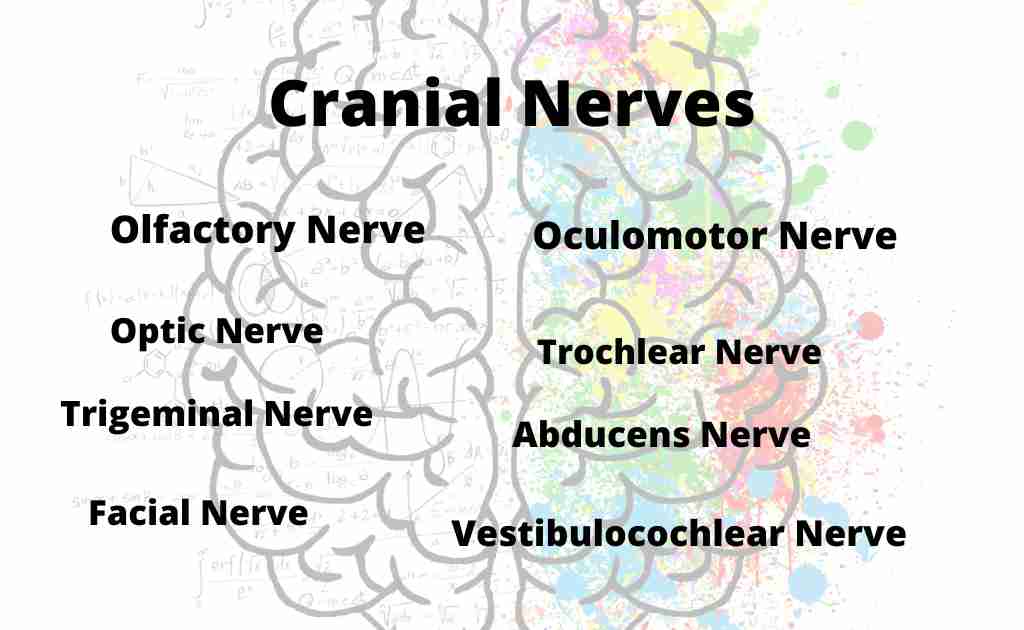Evolution of Nervous System of vertebrates
The basic organization of the nervous system is similar in all vertebrates. There are three evolutionary characteristics of vertebrate nervous systems: Bilateral symmetry, a notochord, and a tubular nerve cord.
1. Bilateral Symmetry
These animals have bilateral symmetry in their nervous system.
2. Notochord
The notochord is a long, thin rod that is made from the same tissue as the spinal cord. It is covered by a tough outer layer, and it runs along the underside of the neural tube. The notochord first appears in fish-like animals with a backbone.
All animals that have a backbone start out with a notochord, but in most cases, this structure is replaced by a network of bones during development. In vertebrates, the notochord becomes the vertebral column, which is made up of many bones stacked on top of each other. Over time, strong muscles develop around the vertebral column, allowing vertebrates to move quickly. Additionally, some of the bones that make up the jaw are also derived from the notochord.
3. Tubular Nerve Cord
The vertebrate has developed a single tubular nerve cord. It is present above the notochord. The nerve cord expanded during early evolution. Regional modification and specialization took place in it. Thus it is changed into the spinal cord and brain.
Its anterior end thickened with the passage of time. It was functionally divided into the hindbrain, midbrain, and forebrain. The anterior sensory receptors became more complex and bilaterally symmetrical in the fast-moving and powerful vertebrates. For example, paired structures, such as eyes and ears were developed. They gather information from the outside environment.
Division Of Nervous System
The nervous system of vertebrates has two main divisions.
Central Nervous System:
The central nervous system is composed of the brain and spinal cord. The processing of information takes place in this part.
Peripheral Nervous System:
The peripheral nervous system is composed of all the nerves. These nerves are present outside the brain and spinal cord. These nerves are divided into two groups:
Sensory (afferent) nerves:
These transmit information to the central nervous system.
Motor (Efferent) Nerves:
These carry information away from the central nervous system. The motor nerves divide into two parts:
Voluntary (Somatic) Nervous System:
They send commands to skeletal muscles
Involuntary (Visceral Or Autonomic) Nervous System:
They stimulate other muscles (smooth and cardiac) and glands of the body. The nerves of the autonomic nervous system are divided into sympathetic and parasympathetic systems.
Nervous System Pathways
Nervous system pathways are composed of neuronal axons. They are bundled like strands of a telephone cable. There are two types of bundles of nerve fibers:
•Tract: They are called tracts in the central nervous system.
•Nerve: They are called nerves in the peripheral nervous system. The cell bodies often form clusters or groups. There are two types of groups:
•Nuclei: These groups are called nuclei in the central nervous system
•Ganglia: They are called ganglia in the peripheral nervous system.

 written by
written by 



Leave a Reply